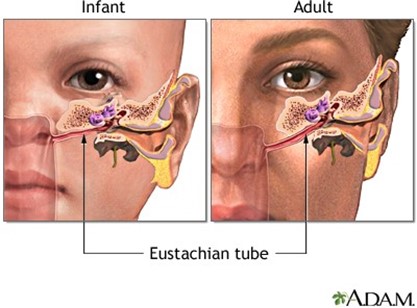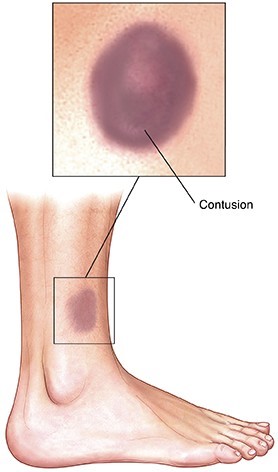The nursing student is taking an anatomy and physiology class. What anatomical structure equalizes air pressure in the middle ear?
Eustachian tube.
The malleus.
The pinna.
The meatus.
The Correct Answer is A
Eustachian tube. The Eustachian tube is a narrow tube that connects the middle ear to the back of the nose and equalizes air pressure in the middle ear.

B. The malleus is a bone in the middle ear that transmits sound vibrations.
C. The pinna is the visible part of the ear that collects and directs sound waves.
D. The meatus is a passage or opening leading to the ear or nose.
Nursing Test Bank
Naxlex Comprehensive Predictor Exams
Related Questions
Correct Answer is C
Explanation
Measure abdominal girth according to a set routine. Abdominal enlargement is a common finding in clients with cirrhosis, which is a condition characterized by liver scarring and impaired liver function. Measuring abdominal girth regularly is an important nursing intervention to monitor the progression of abdominal distention and to identify potential complications such as ascites, which is an accumulation of fluid in the abdomen.
Choice A, reporting the condition to the physician immediately, may be necessary if the abdominal enlargement is sudden or accompanied by other symptoms such as severe pain or shortness of breath.
Choice B, providing the client with nonprescription laxatives, is not indicated for abdominal enlargement in clients with cirrhosis.
Choice D, asking the client about food intake, is not relevant to the assessment of abdominal enlargement in clients with cirrhosis.
Correct Answer is C
Explanation
Contusion. The nurse would suspect a contusion as the client was hit by a baseball bat and has localized pain and swelling with ecchymosis (bruising).

Option A, Strain, is unlikely as a strain is a stretching or tearing of a muscle or tendon, and it is not usually caused by blunt force trauma.
Option B, Sprain, is unlikely as a sprain is a stretching or tearing of a ligament, and it is not usually caused by blunt force trauma.
Option D, Fracture, is unlikely as a fracture is a break in the bone and usually involves more severe pain and may be accompanied by deformity.
Whether you are a student looking to ace your exams or a practicing nurse seeking to enhance your expertise , our nursing education contents will empower you with the confidence and competence to make a difference in the lives of patients and become a respected leader in the healthcare field.
Visit Naxlex, invest in your future and unlock endless possibilities with our unparalleled nursing education contents today
Report Wrong Answer on the Current Question
Do you disagree with the answer? If yes, what is your expected answer? Explain.
Kindly be descriptive with the issue you are facing.
